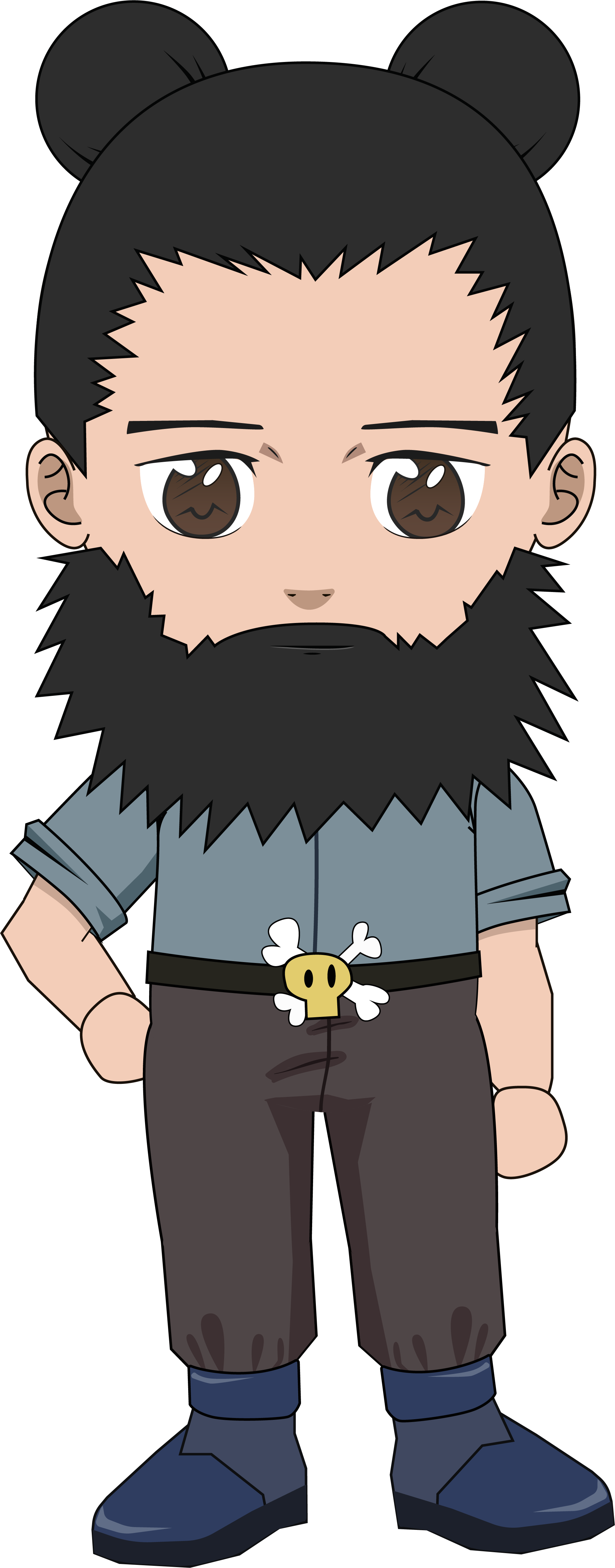Находясь на сайте, вы даете согласие на обработку файлов cookie. Это необходимо для более стабильной работы сайта
let's review! During this week, we've talked about microbial ecology using anime called "Moyashimon". We've learnt a lot of comforting but a bit scary stuff
Share the longread



I am the ecology. I am full of and covered with bacteria and fungi. I'm not "me", I'm a "we" because I'm a home for so many microorganisms
I am the ecology. I am full of and covered with bacteria and fungi. I'm not "me", I'm a "we" because I'm a home for so many microorganisms


microbiological Technologies
Every day in our consumer life we're surrounded by microbiological technologies and microbial products. Apart from microbial ecology, we've talked about microbiological technologies and covered four of them:
 fermented food
fermented food alcohol
alcohol medicine
medicine chemicals
chemicals
Gaia hypothesis
Microbes have formed air, water and soil. Gaia hypothesis is an important part of this week's material and "Moyashimon".

Symbiogenesis
Evolution is involution, gradual complexity. Microbes and other tiny creatures inhabited each other`s bodies forming a bigger one. That's how multicellular life has emerged. Symbiogenesis views life as a complex ecology of microorganisms. Biology changes according to our ways to use technologies when creating chemicals, pesticides and medicines. We accidentally change the whole world and our own bodies.

in the fourth week we're going to watch two animes — "Time of Eve" and "Yokohama Kaidashi KikoU". see you!
in the fourth week we're going to watch two animes — "Time of Eve" and "Yokohama Kaidashi KikoU". see you!



- directed by Hayao Miyazaki, Kirk Wise. production: Studio Ghibli
- directed by Hiroshi Nagahama. production: Artland
- directed by Kenichi Suzuki. production: David Production


- Microbiology Online has been devised by the Microbiology Society, the largest learned microbiological society in Europe. This inspirational online resource supports the teaching and learning of microbiology in the classroom across the key stages. It explores how microbes can be friend and foe and most importantly, why we need these invisible organisms to live.
- Fungi can be single celled or very complex multicellular organisms. They are found in just about any habitat but most live on the land, mainly in soil or on plant material rather than in sea or fresh water.
- Prepared for an ANU Humanities Research Centre Symposium in early August 2003, these notes may be considered as a comment on Brian Massumi's proposition that 'a political ecology would be a social technology of belonging, assuming coexistence and co-becoming as the habitat of practices.
Stengers, Isabelle. Introductory notes on an ecology of practices. Cultural studies review 11, no. 1 (2005): 183-196
- How do biologists imagine the human being these days? The Human Microbiome Project, inaugurated in 2008 and sponsored by the United States National Institutes of Health, tells us that human bodies are mostly microbial — mostly made up of microbial ecologies: "Within the body of a healthy adult, microbial cells are estimated to outnumber human cells ten to one." What does this mean?
Helmreich, Stefan. Homo microbis: the human microbiome, figural, literal, political. Thresholds (2014): 52-59 - Beginning in the 1940s, mass production of antibiotics involved the industrial-scale growth of microorganisms to harvest their metabolic products. Unfortunately, the use of antibiotics selects for resistance at answering scale. The turn to the study of antibiotic resistance in microbiology and medicine is examined, focusing on the realization that individual therapies targeted at single pathogens in individual bodies are environmental events affecting bacterial evolution far beyond bodies. In turning to biological manifestations of antibiotic use, sciences fathom material outcomes of their own previous concepts. Archival work with stored soil and clinical samples produces a record described here as 'the biology of history': the physical registration of human history in bacterial life. This account thus foregrounds the importance of understanding both the materiality of history and the historicity of matter in theories and concepts of life today
Landecker, Hannah. Antibiotic resistance and the biology of history. Body & Society 22, no. 4 (2016): 19-52 - This essay puts forth a theory of "affective ecologies" encompassing plant, animal, and human interactions. The authors' formulation of "involution" favors a coevolution of organisms that act not on competitive pressures but on affective relations
Hustak, Carla, and Natasha Myers. Involutionary momentum: Affective ecologies and the sciences of plant/insect encounters
- In this classic work that continues to inspire its many readers, James Lovelock deftly explains his idea that life on earth functions as a single organism. Written for the non-scientist, Gaia is a journey through time and space in search of evidence with which to support a new and radically different model of our planet. In contrast to conventional belief that living matter is passive in the face of threats to its existence, the book explores the hypothesis that the earth's living matter - air, ocean, and land surfaces - forms a complex system that has the capacity to keep the Earth a fit place for life
Lovelock, James. Gaia: A new look at life on earth. Oxford Paperbacks, 2000 - timothy morton argues that the chief stumbling block to environmental thinking is the image of nature itself. Ecological writers propose a new worldview, but their very zeal to preserve the natural world leads them away from the "nature" they revere. The problem is a symptom of the ecological catastrophe in which we are living. Morton sets out a seeming paradox: to have a properly ecological view, we must relinquish the idea of nature once and for all
Morton, Timothy. Ecology without nature: Rethinking environmental aesthetics
- published by Academic Press and revised from the author's previous Five Kingdoms 3rd edition, this extraordinary, all inclusive catalogue of the world's living organisms describes the diversity of the major groups, or phyla, of nature's most inclusive taxa. Developed after consultation with specialists, this modern classification scheme is consistent both with the fossil record and with recent molecular, morphological and metabolic data
Margulis, Lynn, and Michael J. Chapman. Kingdoms and domains: an illustrated guide to the phyla of life on Earth. Academic Press, 2009 - At the crossroads of philosophy and science, the sometimes - dry topics of evolution and ecology come alive in this new collection of essays - many never before anthologized. Learn how technology may be a sort of second nature, how the systemic human fungus Candida albicans can lead to cravings for carrot cake and beer, how the presence of life may be why there's water on Earth, and many other fascinating facts
Margulis, Lynn, and Dorion Sagan. Dazzle gradually: Reflections on the nature of nature. Chelsea Green Publishing, 2007
JOIN THE COURSE CHAT!









